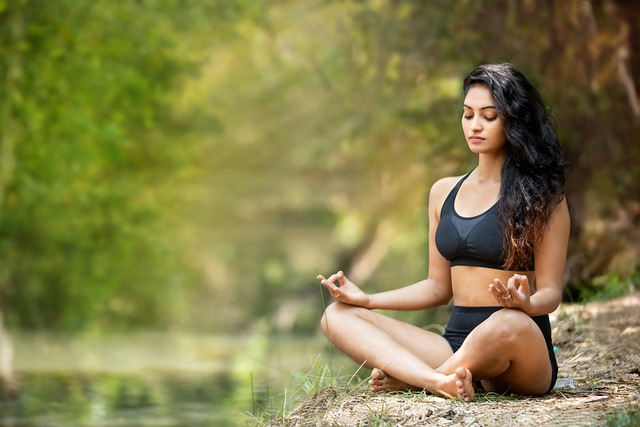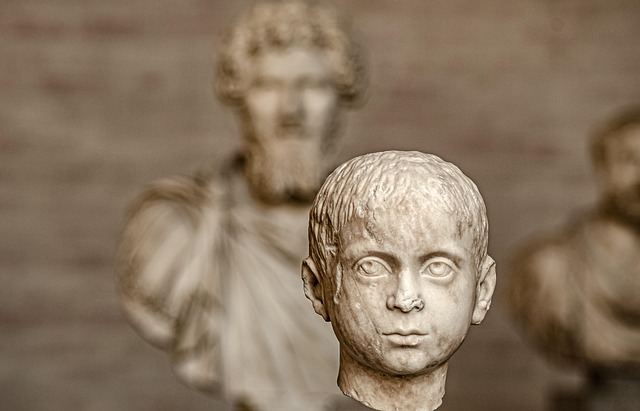In a world that often feels rushed, the simple act of breathing can become a profound practice. When we pause to listen to the rhythm of our own breath, we invite a quiet space within, a place where peace with ourselves can begin to unfold. This article explores how the gentle, intentional movements of yoga can serve as a bridge between physical fitness and inner calm, guiding readers toward a healthier, more centered life.
Understanding the Mind-Body Connection
Yoga is not merely a series of poses; it is an integrated system that unites body, mind, and breath. Scientific studies have shown that regular practice can reduce cortisol levels, improve heart rate variability, and enhance overall emotional resilience. When the body moves mindfully, the nervous system shifts from a state of constant alertness to one of balanced alertness, paving the way for inner peace.
- Physical movement activates endorphins, the body’s natural mood lifters.
- Conscious breathing regulates the sympathetic and parasympathetic nervous systems.
- Focused attention during poses cultivates present-moment awareness.
The Role of Breath in Cultivating Calm
Breath is the thread that stitches body and mind together. Techniques such as diaphragmatic breathing, alternate nostril breathing, and breath holds can slow heart rate and induce a sense of relaxation. By training the breath, practitioners anchor themselves in the present, reducing the swirl of thoughts that often distract from self‑compassion.
“When you bring attention to the breath, you also bring attention to the present moment, where peace with ourselves can flourish.” – A seasoned yoga instructor.
Designing a Daily Practice for Balance
Consistency is key. A 15–20 minute routine can be integrated into any schedule, from morning to evening. Below is a simple sequence that balances gentle stretching with grounding poses, ideal for beginners and experienced practitioners alike.
- Sun Salutations (Surya Namaskar) – 5 rounds to energize the body.
- Standing Forward Fold (Uttanasana) – 3 rounds to release tension in the hamstrings.
- Warrior II (Virabhadrasana II) – 2 rounds on each side to build confidence and stability.
- Tree Pose (Vrksasana) – 3 rounds on each side, encouraging focus and balance.
- Seated Forward Bend (Paschimottanasana) – 3 rounds to calm the nervous system.
- Corpse Pose (Savasana) – 5 minutes of guided relaxation, closing with breath awareness.
Mindful Movement Beyond the Mat
Yoga’s principles can be woven into everyday activities. Walking with awareness, standing at a desk with mindful posture, or even choosing to stretch during a television commercial can all contribute to a consistent flow of movement. These micro-moments of practice help sustain a sense of peace with ourselves throughout the day.
Nutrition: Fueling Body and Mind
Nutrition and movement are partners in the pursuit of holistic well‑being. A balanced diet rich in whole foods supports joint health, energy levels, and mental clarity. Incorporating mindful eating—paying attention to taste, texture, and satiety—can deepen the sense of connection between what we consume and how we feel.
- Hydration: Aim for at least 8 cups of water per day, especially before and after practice.
- Protein: Include lean sources such as beans, lentils, or tofu to aid muscle recovery.
- Omega‑3s: Found in flaxseeds, walnuts, and fatty fish, these fats support brain health.
Integrating Meditation and Yoga
Meditation complements the physical aspects of yoga by calming the mind. Even a short 5‑minute seated meditation after a practice can reinforce the benefits of movement, fostering deeper relaxation and a clearer sense of purpose. Techniques such as body scans, loving‑kindness meditation, or simply observing thoughts without judgment can all contribute to a stable inner environment.
Common Obstacles and How to Overcome Them
Every practitioner faces challenges. Recognizing these hurdles can help maintain a sustainable practice and protect against frustration or injury.
- Time Constraints – Break practice into shorter sessions throughout the day.
- Physical Limitations – Adapt poses with props or modify angles to suit individual needs.
- Mental Distractions – Use guided meditations or focus on breath to return to the present.
- Comparing Progress – Remember that the journey is personal; celebrate small victories.
Community and Support
Engaging with a community—whether online forums, local classes, or practice partners—can enrich the practice. Sharing experiences and learning from others reinforces a sense of belonging, which is a cornerstone of peace with ourselves.
Measuring Progress Beyond the Scale
While fitness goals often revolve around weight or strength, true growth in yoga is measured by flexibility, breath control, emotional resilience, and inner calm. Keep a simple journal: note your breath’s depth, the time you spent in each pose, and any emotional insights that arise.
- Morning Breath: 3 deep inhales before the first pose.
- Evening Reflection: 2 sentences about the day’s practice.
Long-Term Vision: A Life of Balance
By weaving mindful movement into daily life, you cultivate a resilient foundation for health, happiness, and self‑acceptance. The practice is not a destination but an evolving relationship with your body and mind. Each inhale and exhale, each stretch and release, invites a deeper understanding of your own rhythm.




